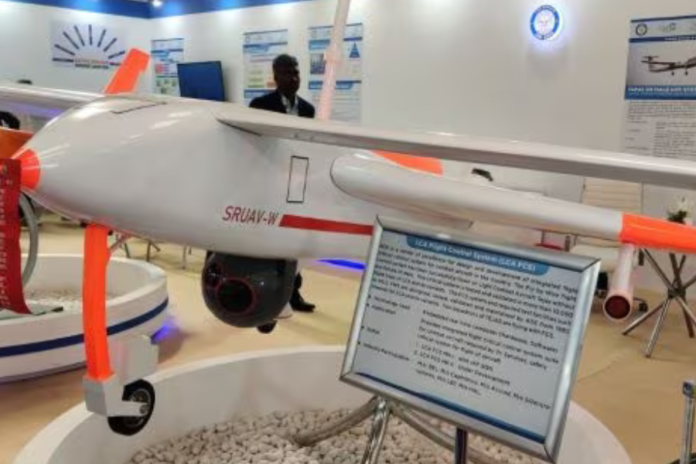As the Short Range-Unmanned Aerial Vehicle-Weaponized (SR-UAV-W), also known as the “Archer,” is ready for critical missile evaluation trials in the upcoming weeks, India’s pursuit of a formidable indigenous weapon system for the Indian Army has taken a significant stride forward.
With the completion of flight demonstrations, the Archer has clearly cleared its first obstacle.
This prepares the ground for the next tests that will evaluate its potential for weaponization. Evaluating the Archer’s capacity to fire and steer anti-tank missiles onto pre-designated targets is the main goal of the missile evaluation trials.
To replicate actual combat situations, fake targets will be used in these exercises. The outcome of these trials is extremely important.
The Archer UAV may be inducted into the Indian Army and paramilitary groups if it functions as planned. The capabilities this UAV offers have already piqued the curiosity of these military. The development of the Archer and its possible deployment represent a significant turning point for the Indian defense sector.
Also Read: Indian Army inducts laser target designators for Para SF
Should things work out well, it would be a major step forward for the development of indigenous military systems.
There is reason for optimism over the upcoming Archer missile evaluation trials. They might provide Indian Army soldiers with a formidable, homegrown armament system, enhancing India’s defense capacities even more.
Several requirements of the Indian Army such as intelligence gathering, surveillance, target acquisition, tracking, and reconnaissance (ISTAR) can be met by using the Archer UAV. It collects high-quality, real-time imagery.
The Archer UAV has a maximum operating altitude of 22,000 feet and a maximum operating duration of 12 hours. Its payload also includes electro-optical and infrared (EO/IR) components.



